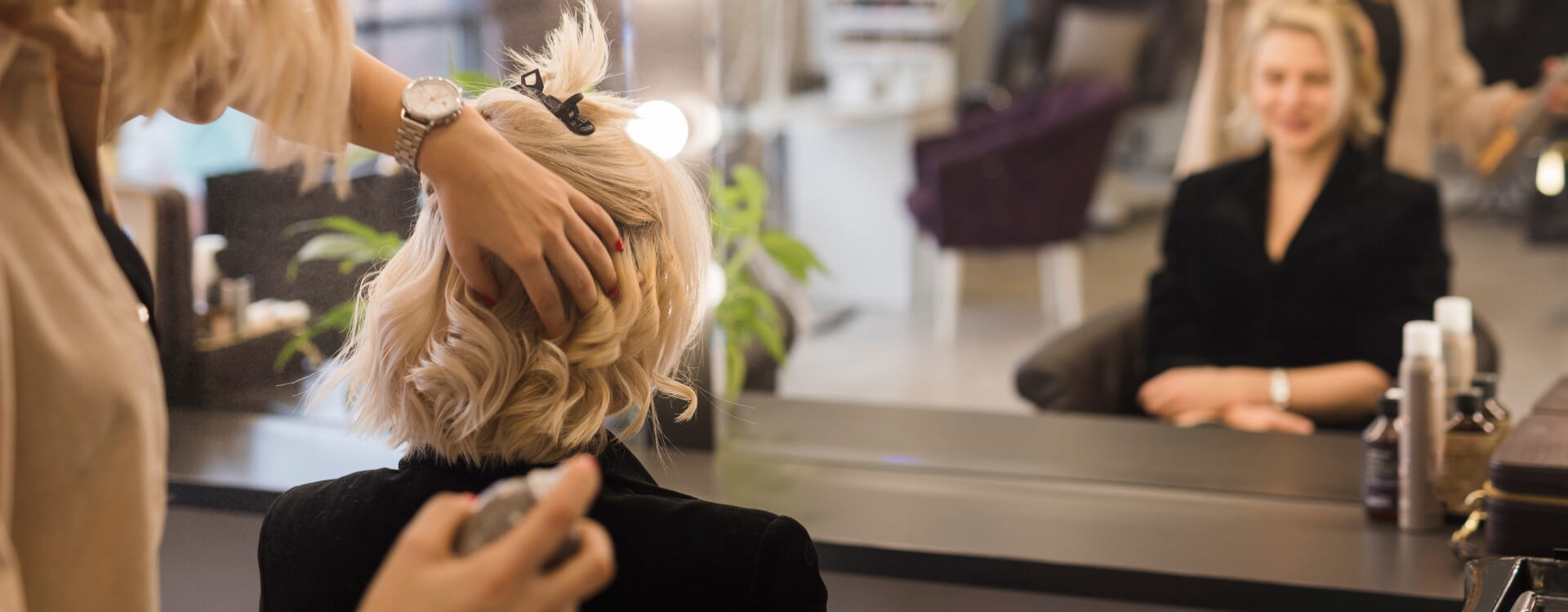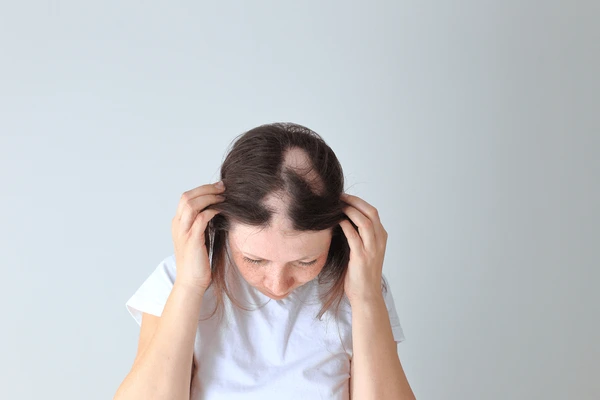Overview
Alopecia scarring, often referred to as cicatratial alopecia, is an inflammatory condition that causes hair loss. As a result of the irreversible death of hair follicles, it causes bald patches on the scalp. The underlying tissues in and around the hair become damaged or destroyed, and fibrous tissue takes their place. The hair cannot grow back once the hair follicles have been damaged. Most often, non-scarring alopecia develops into permanent or irreparable baldness before developing into scarring alopecia.
What Are The Different Types Of Scarring Alopecia?
There are two major types of Scarring Alopecia –
Primary Scarring Alopecia – The stem cells in the hair root are destroyed when the hair follicle is injured and replaced by fibrous tissue. The primary site of attack and the disease's origin is the follicle. Lymphocytic, neutrophilic, and mixed cicatricial Alopecia are the three subtypes of primary scarring alopecia. These also include pseudopelade, folliculitis decalvans, lichen planopilaris, central centrifugal alopecia, and frontal fibrosing alopecia (FFA) (FD).
Permanent Scarring Alopecia This disorder, also known as secondary cicatricial alopecia, causes the hair follicle to be damaged as a result of outside factors. These might include harm from heated combs, straightening chemicals, radiotherapy, and accidents involving trauma to the scalp.
The best dermatologist in Lucknow for hair, Dr. Asma, specializes in scarring alopecia treatment, a condition where permanent hair loss occurs due to follicle damage. With precise diagnosis, medical therapies, and advanced treatment strategies, hair health is managed effectively to prevent further loss. Patients receive safe, reliable care and expert guidance for maintaining scalp health and confidence.
Causes:
This condition, also known as secondary cicatricial alopecia, results in damage to the hair follicle due to external sources. These could include injuries caused by heated combs, chemical straighteners, radiotherapy, and mishaps that result in trauma to the scalp.
In this disorder, also known as secondary cicatricial alopecia, the hair follicle is harmed as a result of external factors. Injuries from heated combs, chemical straighteners, radiotherapy, and accidents that result in trauma to the scalp could all fall under this category.
-
Destruction of hair follicle stem cells
-
Inflammation due to injuries, tumours or burn
-
Several women with African ancestry in the same family are affected by some specific genetic variables, such as CCCA.
-
Altered lipid metabolism
Symptoms of Scarring Alopecia
One or more distinct permanent bald spots on the scalp are the first sign of scarring alopecia. These spots could stay distinct or combine to form larger bald patches that gradually spread to almost the entire head. The skin's bald spots appear to be smooth and shiny. The absence of skin pores results from a total lack of follicular apertures.
Depending on the kind of alopecia, the symptoms of scarring alopecia can change. However, the following are some common signs of scarring alopecia:
-
Itching scalp
-
Burning of scalp
-
Pus of purulent discharge from scalp
-
Pain
-
Patches of rough and scaly skin
-
Formation of blisters
-
crusting
Treatment and investigations
Scarring alopecia's ultimate phases are sometimes labelled as an irreversible disorder. However, if you seek treatment for Scarring Alopecia early on, you can stop it in its tracks and heal the affected regions. Because each subtype has a different treatment approach, it is advisable to explore all of your options with your dermatologist before choosing the best course of action.
-
Oral and Topical Medicines – Various oral and topically applied medications are typically used by doctors to begin treating cicatricle alopecia. Certain serums and shampoos have anti-inflammatory ingredients that help the follicles repair. To promote hair regrowth, minoxidil can be administered to stimulate the few remaining tiny, unscarred hair follicles. A few oral medications can enhance the grade of your scalp by bolstering the blood vessels beneath it, in addition to topical serums.
-
Hair Restoration Surgery –Since cicatricial alopecia is a serious condition, more specialised treatments are required. Patients may think about having hair restoration surgery if the disease has been dormant for one or more years. Hair is extracted from a donor spot and then transplanted to the afflicted area using this invasive technique. For the treatment of hair loss caused by scarring, FUE (Follicular Unit Extraction) harvesting is advised.
-
Scalp Reduction – Another invasive strategy that might be used to treat Scarring Alopecia is scalp reduction. The contaminated scalp area is cut out, and the surrounding skin is sewn together. For instance, the skin will be peeled from the sides and patched if you have scarring hair loss at the top of your scalp. This procedure, like other surgical procedures, has some drawbacks and may result in the development of tiny scars.


